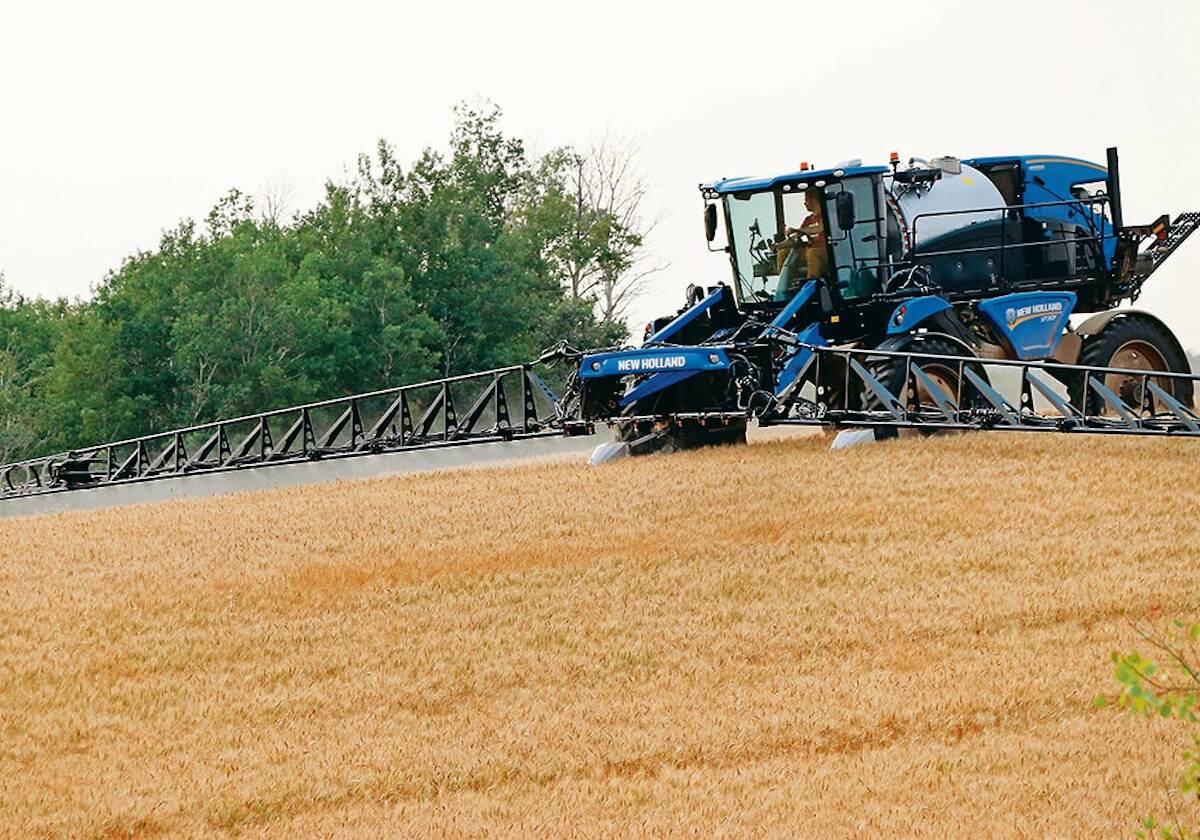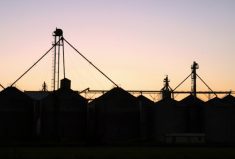With spring just around the corner, it’s becoming clear a big wreck in grain shipping is unlikely this winter.
Despite a 76-million-tonne crop to move, big blizzards and those infamous periods of frigid winter temperatures, the system has held together.
Mark Hemmes of grain monitor firm Quorum said in a recent article in the Co-operator that “All things considered, things are going pretty good.”
- Read more: Measuring changes in the grain transportation system
Read Also

Farming still has digital walls to scale
Canadian farms still face the same obstacles to adopting digital agriculture technology, despite the years industry and policy makers have had to break them down.
In the same article, the Western Grain Elevator Association’s Wade Sobkowich conceded movement has been much better this winter. However, he and Hemmes both stopped well short of sounding the ‘all clear’ and for good reason.
While on the surface all looks fine, a closer examination reveals that the systemic issues that caused the huge and expensive backlog in 2013-14 remain.
Instead, the grain industry has benefited from a sluggish commodity economy that has hammered volume for both railways. In Western Canada, that’s meant less crude oil, minerals and metals moving to port position at the West Coast, and excess capacity that’s enabled the railways to move grain adequately.
Farmers have also enjoyed healthy domestic demand for canola as crush margins have made utilizing the crop here at home very attractive, according to a story in our sister publication Alberta Farmer Express.
In the first week of January that demand translated into a record high of over 200,000 tonnes processed, only the second time the industry has seen numbers that high. As of January 11, the total crush was 4.12 million tonnes, compared to 3.64 million tonnes a year earlier. That represents a 14.4 per cent jump over last year, which by the end of that crop year was a record-setting 8.3 million tonnes.
For producers with an iffy crop in the bin, following challenging harvest conditions, this has been nothing but great news. It’s allowed them to avoid the risk of watching it spoil in the bin and given them an outlet when exporters have been less than enthusiastic about taking the product.
However, this has removed even more pressure from the grain-handling system.
Many in the grain sector worry that when the commodity economy improves, shipping volumes of various products will rebound and eventually the 2013-14 meltdown will recur.
This has been fortunate for the railways, which have been staring down the barrel of a reform plan from federal Transport Minister Marc Garneau to address complaints of grain shippers.
After years of concerted effort and a rare display, for the agriculture sector, of a truly unified front by commodity groups, grain shippers and even other non-agriculture bulk handlers, the sector was pleasantly surprised Nov. 3 when Garneau outlined plans to improve rail regulations.
It’s very close to what the bulk shippers and grain handlers were seeking. Garneau promised it would establish reciprocal penalties between shippers and railways in level-of-service agreements, better define “adequate and suitable” rail service, and make the Canadian Transportation Agency more accessible and timely. He also said the government would “… address the future of the maximum revenue entitlement and extended interswitching.”
The railways don’t like the revenue cap for obvious reason, but the one they should probably be most concerned over is extended interswitching.
Previously railways were allowed to pick up shipments within a 30-km radius of where their track met a competing railway’s, using the other company’s infrastructure. One of the emergency measures brought in to address the 2013-14 backlog extended that to 160 kms for Western Canada, which was widely applauded by the grain-handling industry and other bulk shippers.
Shippers anecdotally report that even the spectre of competition has resulted in better service from the railways.
That raises the question of whether the same might apply if open or joint running rights were introduced. While such a measure would undoubtedly create its own complications, the railways’ long-standing objection that such a system would be unworkable may not be entirely accurate.
As the proposed legislation is tabled, possibly this spring, expect a vigorous push back on the part of the railways. They’ll point to the better results this year as evidence they have their house in order. They will rail against what they will no doubt try to characterize as regulatory overreach.
The results of the next round of lobbying will determine the final form of regulations and the railways will be out in force.
Farmers should be too. A good start would be to write or call your MP with a reminder of how important it is to get this right.



















